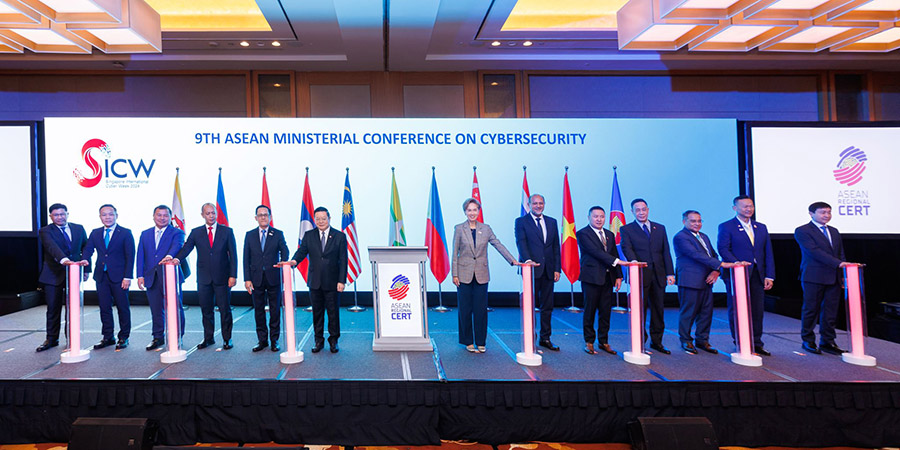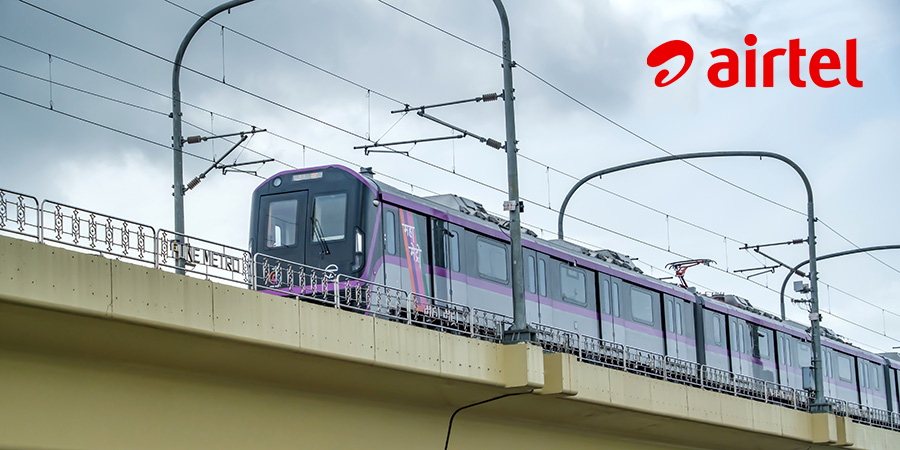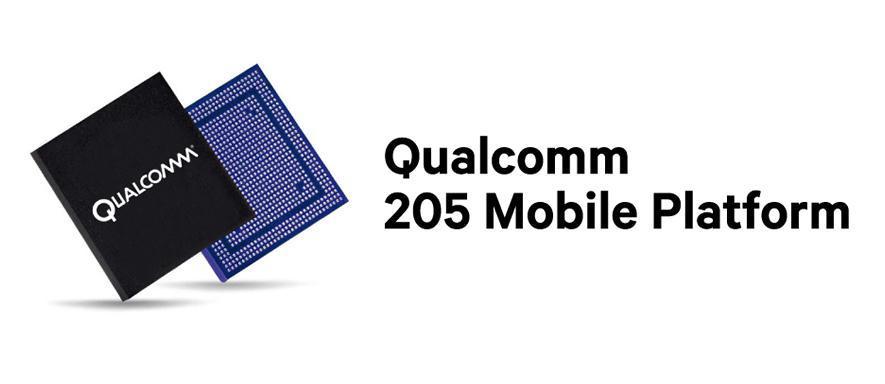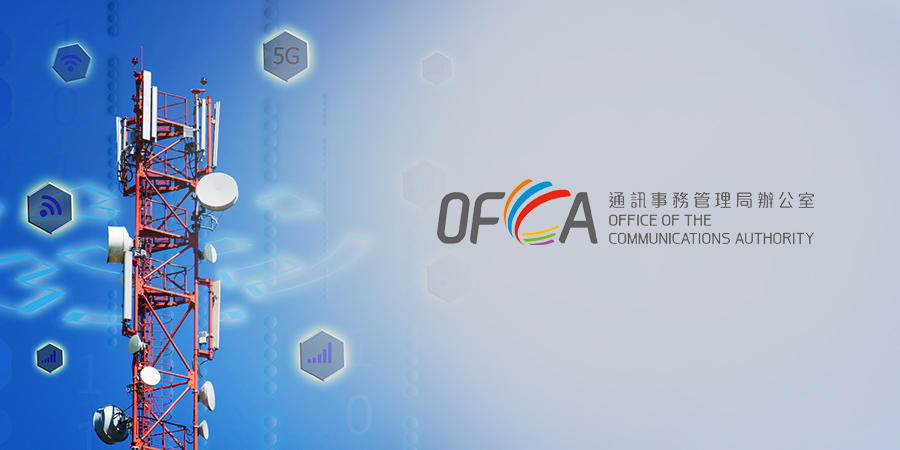At a launch event in New Delhi, Qualcomm Technologies introduced its Qualcomm 205 Mobile Platform, designed to bring 4G LTE connectivity and 4G services to entry-level feature phones.
The Qualcomm 205 Mobile Platform includes the Qualcomm 205 SoC, which encompasses the baseband functionalities, plus hardware components including RF front end, discrete Wi-Fi, power management, audio codec, speaker amplifier, and software, all to enable a comprehensive mobile solution.
The Qualcomm 205 Mobile Platform is designed for OEMs and ODMs that service consumers who may otherwise be unable to gain access to high quality, affordable, reliable mobile devices. This includes emerging regions, such as those in India, Latin America, and Southeast Asia.
As operators around the world redefine subscription plans to take greater advantage of robust LTE network rollouts, devices with the Qualcomm 205 Mobile Platform are designed to support consumers, micro-enterprises, and others, to economically communicate using advanced LTE data services such as Voice over LTE (VoLTE) and Voice over Wi-Fi (VoWi-Fi).
Bringing 4G and other advanced connectivity features to emerging regions can have a profound effect on those served. From a business point of view, small enterprises, that make up a large percentage of the economy in regions such as India and Southeast Asia, will have more reliable, faster and more secure access to process financial transactions.
Multiple days of battery life means reduced need to charge, important for those who may not always have access to a reliable power source. Faster download speeds allow for on-demand content including music and videos.
“Qualcomm Technologies is committed to the migration of users and networks from 2G, 2.5G, and 3G to 4G,” said Kedar Kondap, vice president, product management, Qualcomm Technologies, Inc. “Feature phones are a lifeline in many emerging countries and the Qualcomm 205 Mobile Platform allows us to bring 4G connectivity and services to the masses with devices at price points never seen before.”
The Qualcomm 205 Mobile Platform is available today with devices expected to reach consumers in Q2 2017.




















































